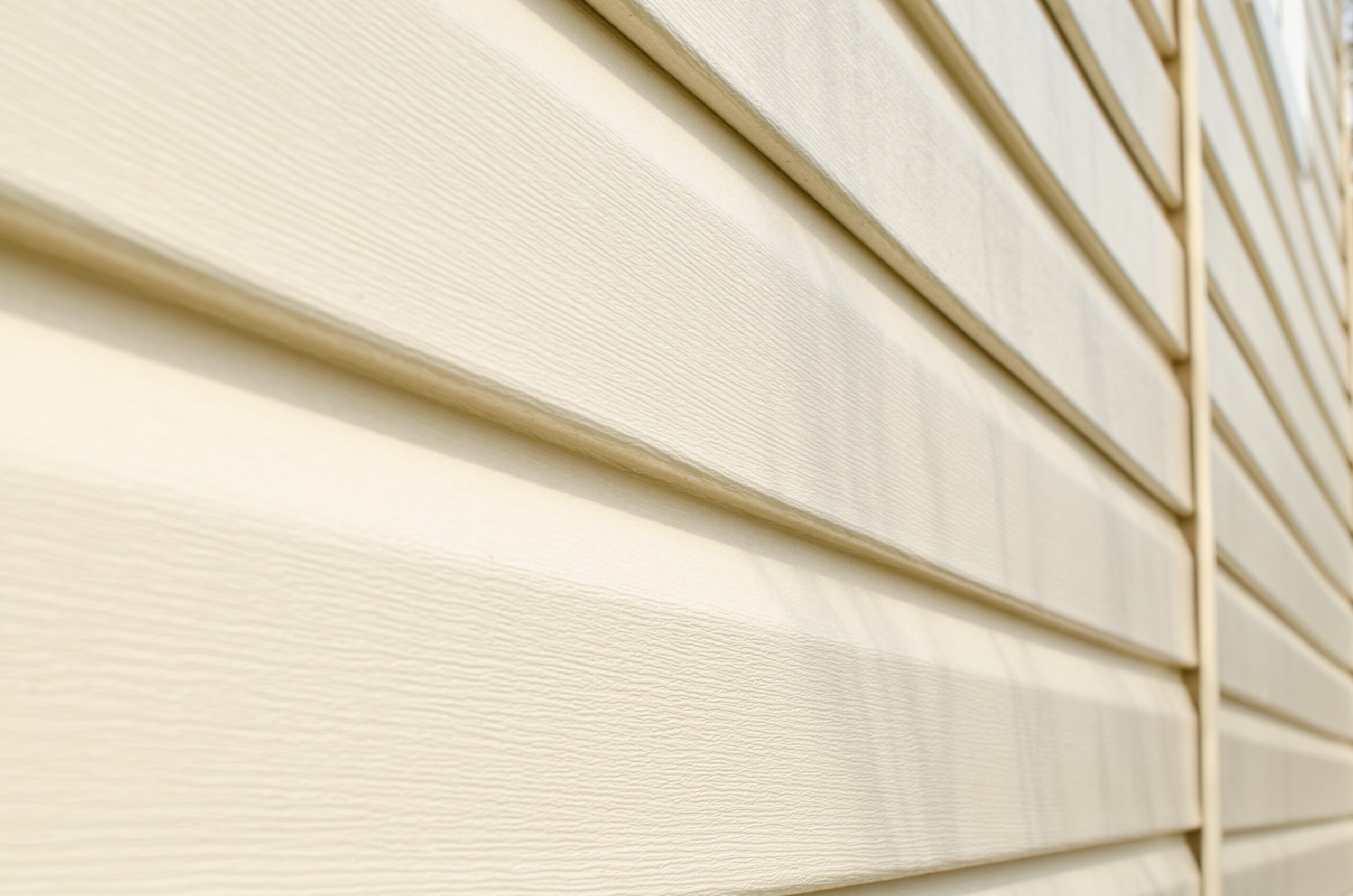You want your siding to look great and add value to your home. You also want siding that will last, so you know it’s not going to need to be replaced or repaired any time soon. There are a couple of simple ways you can install your siding in an effective and lasting way that will keep your siding looking great for years to come.
Prep the House
Before you start installing siding, make sure the house is ready.
Start by cleaning the house and making sure it’s dry. If you see any holes in the wall or cracks in the foundation, patch them up with a quality exterior repair product or contact your local siding contractors.
Choose Siding Materials
You’ll need to choose which type of vinyl siding you’ll be using. There are many different types of vinyl siding available, from traditional-looking boards to smooth panels to composite styles with colors that mimic natural wood. Determine what look you’re going for first, then find a material that matches it!
Cut First Piece of Vinyl Siding
The first step in installing your new siding is cutting it down to size. Use a circular saw equipped with a masonry blade to cut through concrete or brick walls if necessary; otherwise use a reciprocating saw fitted with a metal blade instead. You’ll want to use safety glasses while operating these tools at all times!
Install J-Channel Around Corners and Windows
Installing J-channel around the windows and corners of your home will protect the siding from moisture, which can lead to rotting. Use a utility knife to cut out the J-channel, making sure it’s big enough for your siding to fit into. Then screw the siding into place with deck screws (or use nails if you’re working with asphalt shingles).
Start at the Bottom and Work Your Way Up
Start at the bottom of your house and work your way up as you install each piece of siding. This will help keep all of your seams straight and reduce the likelihood that they’ll be unevenly spaced when you’re done.
Seal Seams Properly
We recommend using a sealant like. It will help prevent leaks from occurring around any seams in your siding installation job, which could lead to mold or mildew growth inside your house.

